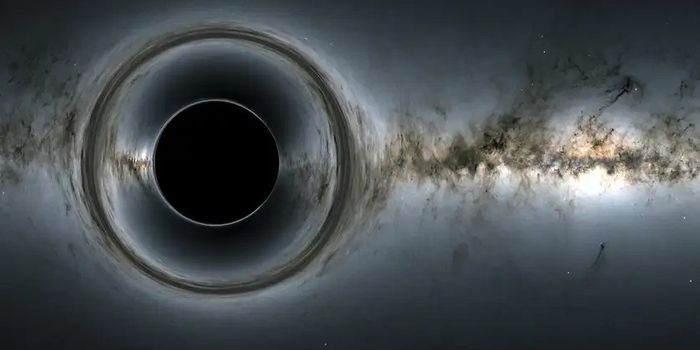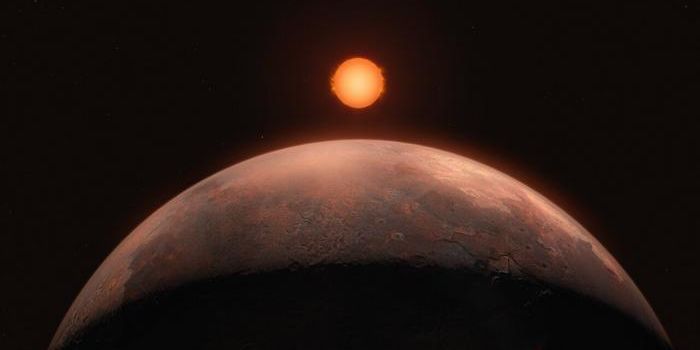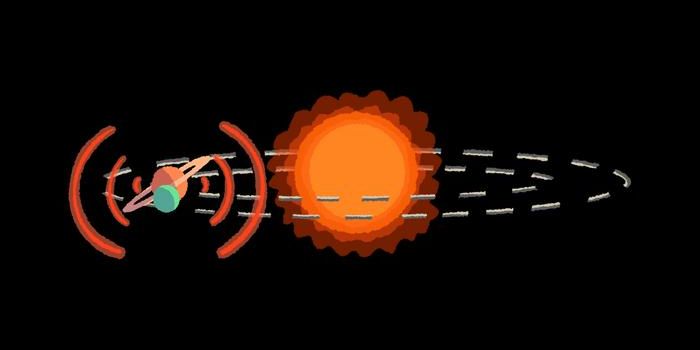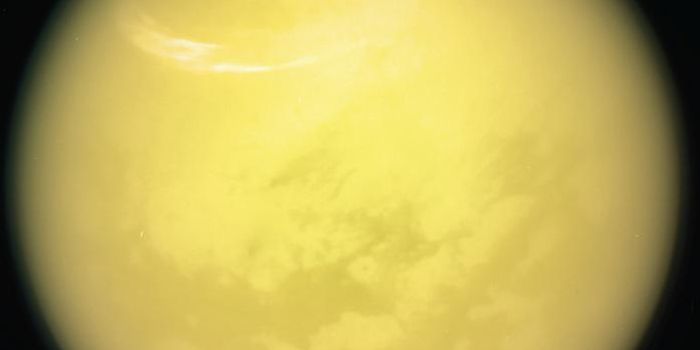A 17-Pound Meteorite Was Discovered in Antarctica
Some scientists dedicate their lives to hunting for meteorites, and may have to brave some harsh conditions to do so. An international team of researchers recently went to Antarctica to search for these “space rocks.” They found five new meteorites, one of which weighs a massive 16.7 pounds (7.6 kg)!
Meteorites periodically fall to Earth from space and represent some of the original material that formed our Solar System and its bodies billions of years ago. For example, they can come from asteroids leftover from when the Solar System formed, or they can be pieces of the Moon or Mars. In general, they can be composed of rocky material, metal, or a combination of both. Scientists can learn a lot about the early conditions of the Solar System by studying these objects.
So why would a group of scientists need to go to Antarctica to find meteorites? Most of the landscape of the world is affected by weathering and other changes due to plants and humans, but not the desert. Believe it or not, Antarctica is a desert, so there is a limited degree of weathering that affects the landscape due to the dry climate. Thus, the landscape of Antarctica does not change drastically over short periods of time and therefore, anything that falls onto the landscape – i.e., a meteorite – would not be affected much. In addition, the landscape of Antarctica is fairly uniform in color, white, while meteorites are black, so there is a large contrast between the landscape and the target, making the meteorites much easier to spot.
The international team of researchers was made up of Vinciane Debaille (the Universite Libre Bruxelles; FNRS-ULB), Maria Valdes, (the Field Museum and the University of Chicago), Maria Schonbachler (ETH-Zurich), and Ryoga Maeda (VUB-ULB). They were the first to explore potential new meteorite sites that were mapped using satellite imagery. This work was done by Veronica Tollenaar, a thesis student in glaciology (ULB).
Although this was no doubt an exciting adventure, Antarctica is a difficult place to work with how wild and remote it is, as well as its bitterly cold temperatures. The team planned their trip for late December, which happens to be summertime in Antarctica, but they still had to battle temperatures of only 14 degrees Fahrenheit (-10 degrees Celsius). Imagine spending days riding snowmobiles and trekking through ice fields, and then spending your nights sleeping in a tent in these conditions!
Roughly 45,000 meteorites have been retrieved from Antarctica over the past century. The team estimates that only about one hundred or so match or rival the size of the largest one they found on their trip (16.7 pounds). This kind of find is quite rare! The team notes that the size of the meteorites does not actually matter, and meteorites of all sizes contain valuable information.
The five meteorites that were recovered by the team will be analyzed at the Royal Belgian Institute of Natural Sciences. The team also collected sediment that may contain micrometeorites on their excursion. The sediment was divided among the researchers to study at their home institutions. The team anxiously awaits what the analysis of the meteorites will reveal!
Source: The Field Museum









